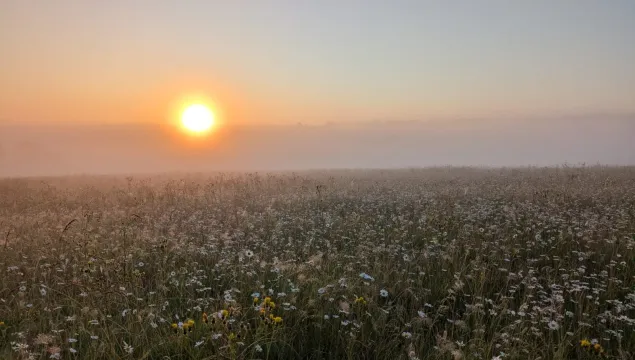
Adaptive Management
We use our Project Management Framework to plan, track, analyse, and adapt our work across the organisation.

We use our Project Management Framework to plan, track, analyse, and adapt our work across the organisation.
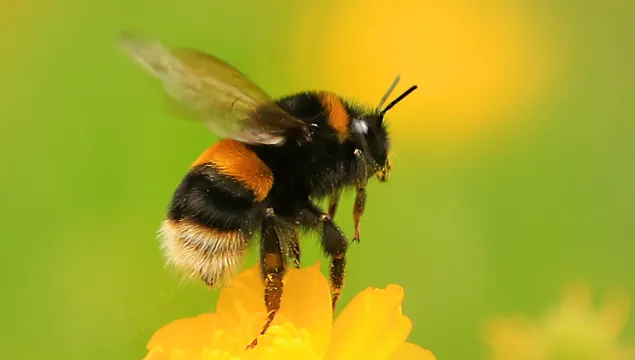
Learn about the biology and ecology of bumblebees, how to identify our most common species and practise your skills in the field
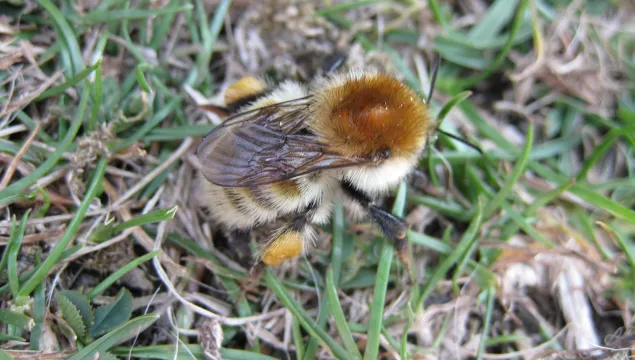
An identification day covering all of Britain’s bumblebee species
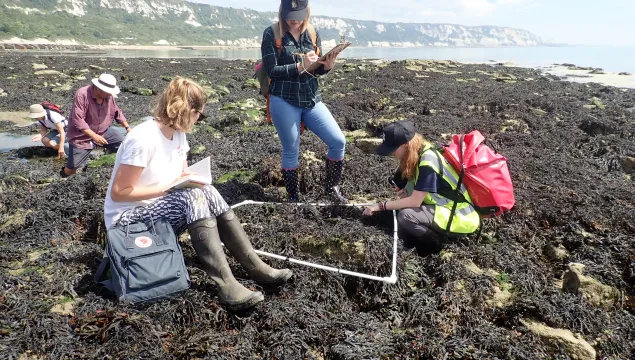
Shoresearch volunteer citizen scientists collect data across intertidal zones along the Kent coast which help to provide invaluable insights into the health of our coastal ecosystems and the species that inhabit them.
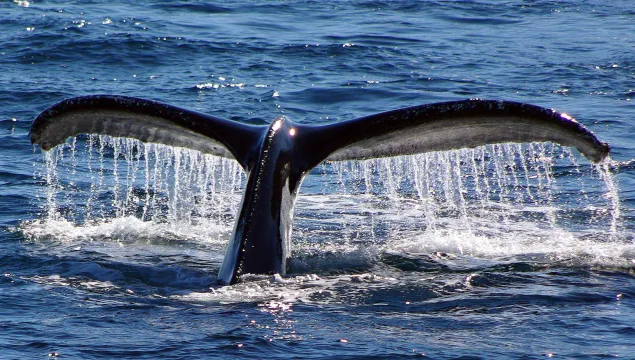
Deal sighting has sparked concerns over National Grid’s Sea Link plans
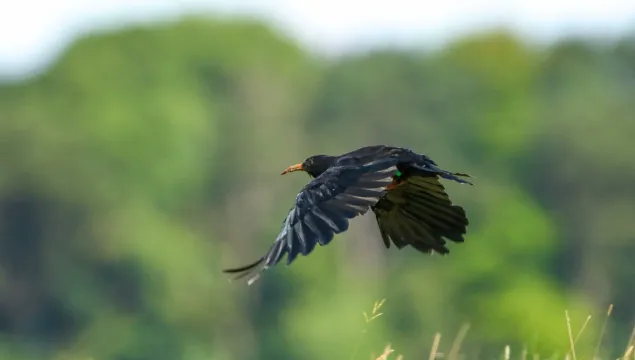
Kent Wildlife Trust's Chough Appeal is more than just a conservation initiative—it’s a powerful tool for community engagement and education. This blog is written by Jenny Luddington, the Youth Education and Engagement Officer for Kent Wildlife Trust...
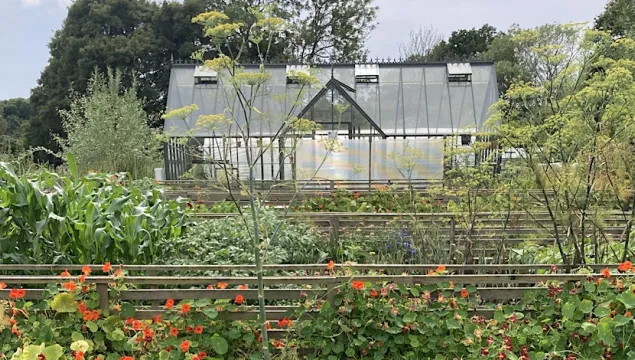
A chance to visit two nature-friendly farm gardens and their neighbouring land.
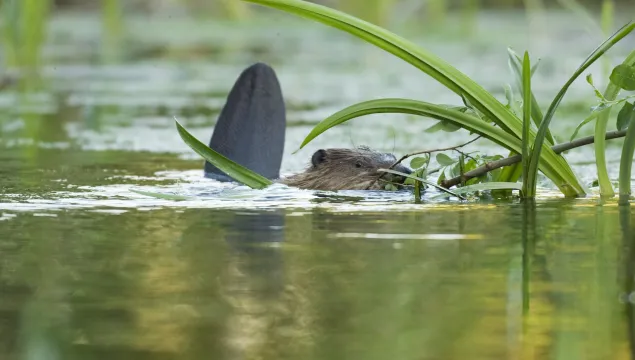
Explore the world of European beavers in the UK and put into practice what you have learned in an outdoor beaver survey
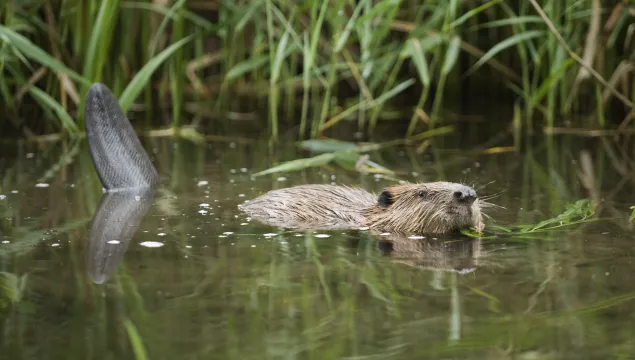
Dive into the world of European beavers in the UK and transform your newfound knowledge into action during an outdoor beaver survey.
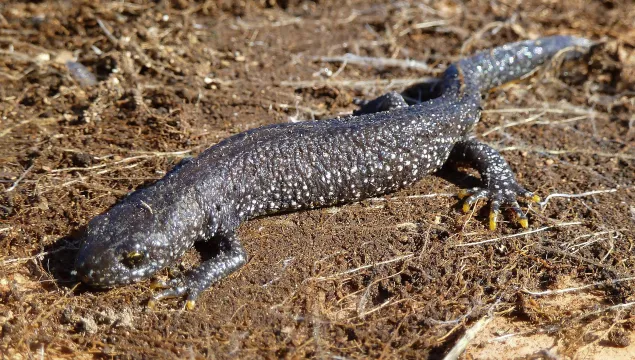
Kent Wildlife Trust has expressed deep disappointment and serious concerns for wildlife following the approval of a planning application for a new bike factory by manufacturer Brompton.
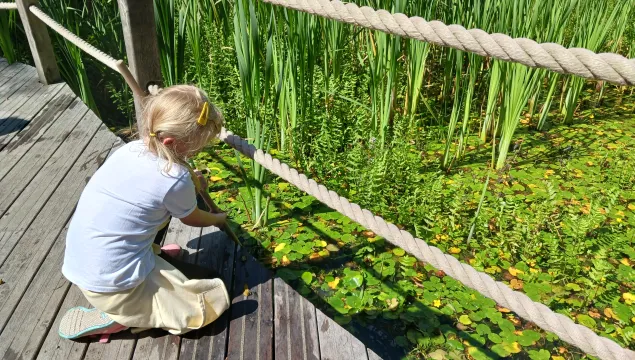
Join us this May half term for our bespoke Holiday Club designed specifically for the next generation of nature lovers!
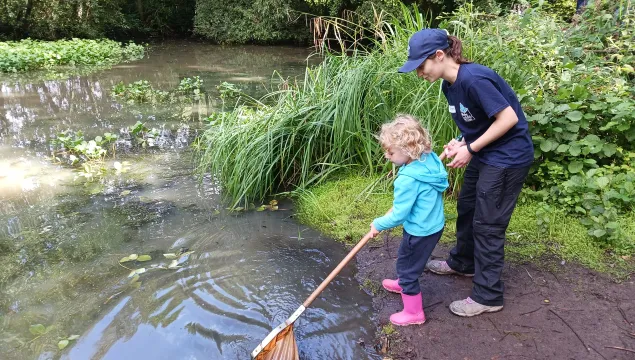
Join us this May half term for our bespoke Holiday Club designed specifically for the next generation of nature lovers!